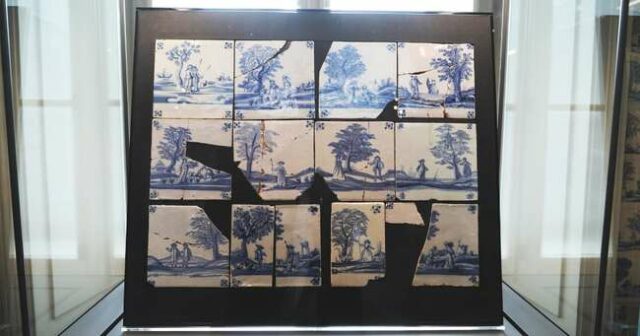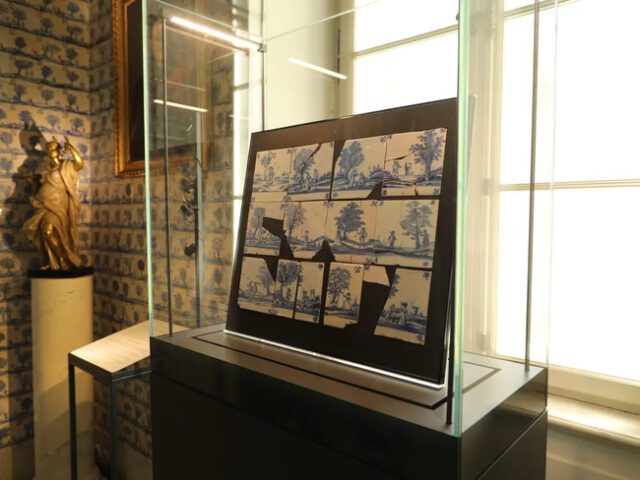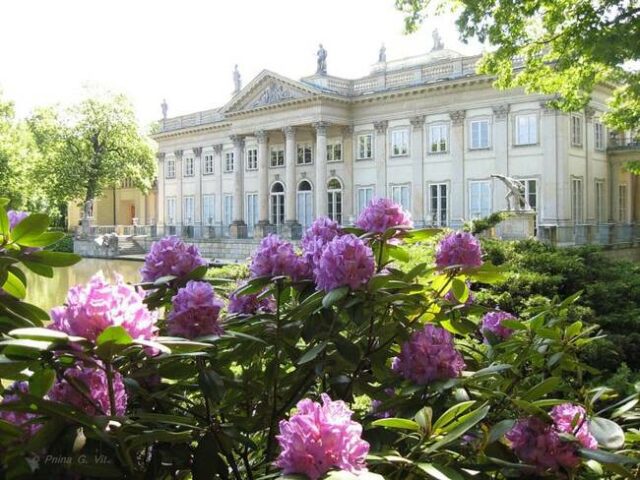
In a fascinating turn of events, a Polish museum received a mysterious package containing priceless 17th-century tiles that had been missing for decades. These tiles originally adorned the Palace on the Isle in Warsaw, which is now part of the Royal Łazienki Museum. Commissioned by Polish nobleman Stanisław Herakliusz Lubomirski, the tiles once decorated a Baroque bathing pavilion. The palace, which later served as private quarters for King Stanisław August, suffered significant damage during World War II, including attempts by the Nazis to demolish it. Remarkably, twelve tiles escaped the destruction. These Dutch ceramic tiles, dating from 1690 to 1700 and featuring intricate patterns of trees and shepherds, were a symbol of wealth and influenced by French fashion. Their unexpected return has been a joyous event for the museum, particularly as it prepares for an exhibition on Lubomirski’s legacy.

Curators at the Royal Łazienki Museum were thrilled when the tiles arrived just in time for the new exhibition dedicated to Lubomirski. The package, sent from Canada by an anonymous donor who requested their return before his death, has sparked an investigation into how these tiles ended up overseas. Despite some pieces being broken, the excitement over their return remains undiminished. The Polish Culture Ministry described the situation as “a ready-made scenario for a movie.” The tiles have since been reassembled as much as possible and are now a highlight of The Art of Thinking Well: The Legacy of Stanisław Herakliusz Lubomirski, an exhibition running until September 1, 2024. This recovery not only enriches the historical narrative of the palace but also underscores the enduring legacy of cultural heritage and the remarkable journeys artifacts can undertake before finding their way back home.















